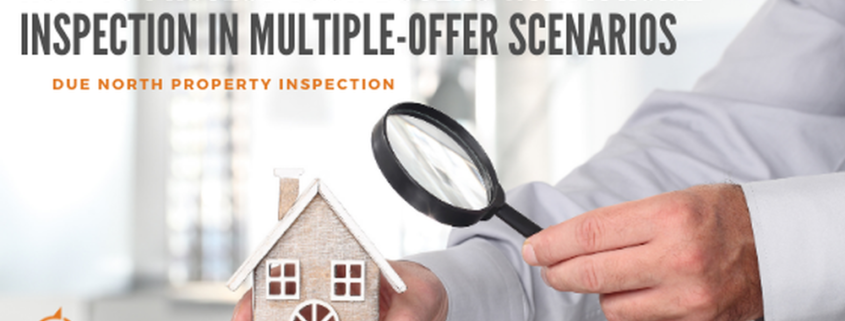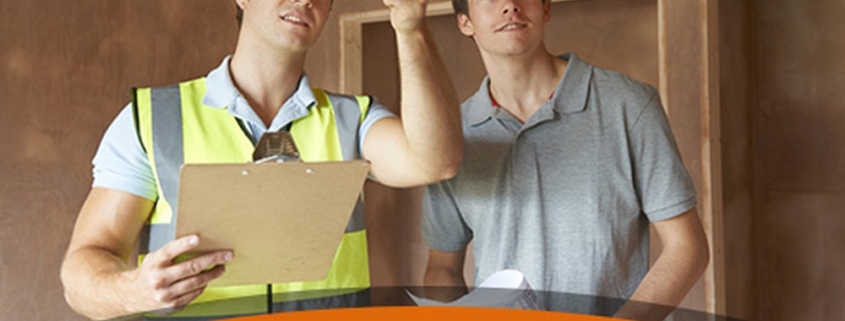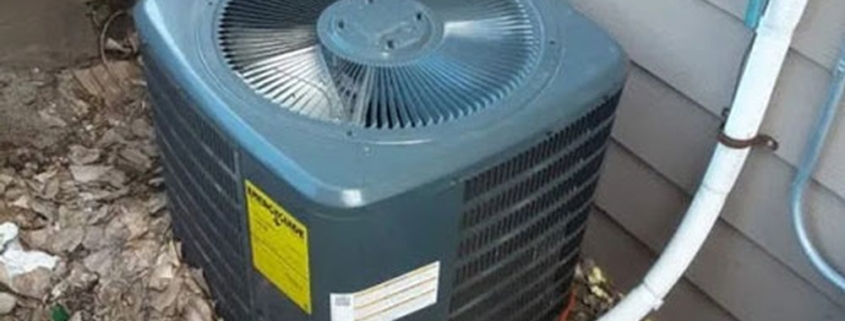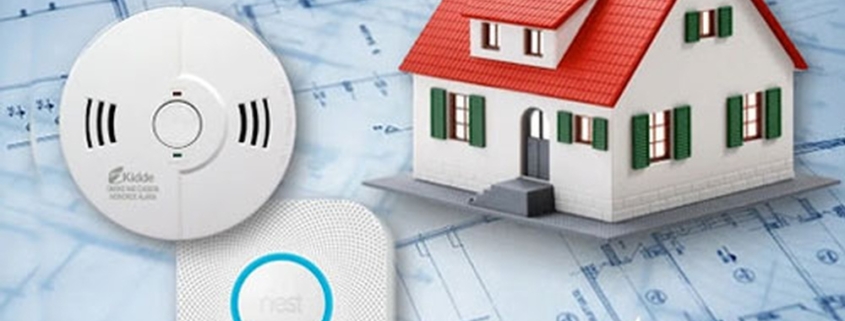As a home inspection professional, it’s essential for us to keep updated on the latest home inspection trends, codes, and best practices and find new sources for reference, education, and inspiration while staying connected to other professionals.
To stay current, we use various online and offline sources to provide the latest in home inspection services to our clients and to strengthen our business relationships. These tools allow us to provide exceptional service to all our clients, ensuring they receive the most up to date and comprehensive home inspections.
We’ve gathered six of our most commonly referenced guides, charts, and books for your use. No matter if you’re a seasoned real estate professional, a first-time home buyer, or a home owner thinking about selling, there is probably some value for everyone. Take a look.
1. EPA’s Home Buyer’s & Seller’s Guide To Radon
The EPA’s Home Buyer’s & Seller’s Guide To Radon answers essential questions about radon and lung cancer risk, as well as answering questions about testing and mitigation for anyone buying or selling a home. With Minnesota radon levels averaging 3-times greater than the national average, this is a very helpful document to help guide anyone towards making smart decisions about radon in our homes.
2. Standard Life Expectancy Chart for Homes
The Standard Life Expectancy Chart for Homes details the predicted average life expectancy of appliances, products, materials, systems, and components. An excellent reference tool for homeowners and buyers.
3. Minnesota Well Owner’s Handbook
The Minnesota Well Owner’s Handbook contains information you should know about Minnesota’s groundwater, well construction/protection, well operation/maintenance, and well water safety/testing. A fantastic tool for many of our more rural clients with a well.
4. DCA-6 Residential Deck Construction Guide
The DCA-6 Residential Deck Construction Guide is a prescriptive guide for the do’s and don’ts of residential deck construction. There is a right and wrong way to build a deck. Do you know how? Issues related to poor, improper, or unsafe deck construction are one of the most common deficiencies we make note of in our inspection reports. We recommend using this as a reference for anyone thinking about constructing or maintaining a deck!
5. Sellers Home Inspection Checklist
Having your home inspection ready for potential buyers helps promote a sense of confidence and comfort, which can increase the likelihood of a smooth path to closing. We’ve created the Sellers Home Inspection Checklist to help sellers out!
6. InterNACHI Certified home inspectors
As InterNACHI Certified home inspectors, we spend many hours each year refreshing ourselves on various aspects of home inspections, as well as broadening our knowledge. Many InterNACHI courses can be accessed for free, so visit the website to learn more.
If you’re planning a home inspection soon, these resources can be a great starting point. When you’re ready to take the next step, reach out to Due North Property Inspection for all your home inspection needs.
Due North Property Inspection provides full turnkey home inspection services to clients throughout the Twin Cities metro as well as St. Cloud and surrounding areas.
Our services include buyer’s pre-purchase home inspection, seller’s move-in certified pre-listing inspection, new home warranty inspections, and annual property reviews. We also offer radon testing, sewer scope inspections, and water quality tests for our clients.
We serve clients in the Greater Twin Cities and St. Cloud areas, including Saint Michael, Anoka, Blaine, Bloomington, Brooklyn Park, Burnsville, Champlin, Chanhassen, Eden Prairie, Edina, and Maple Grove. To learn more, please visit our website or contact us.





